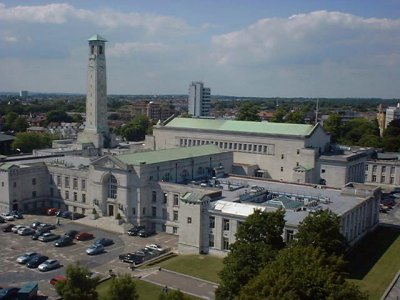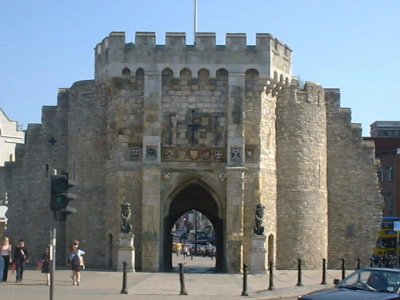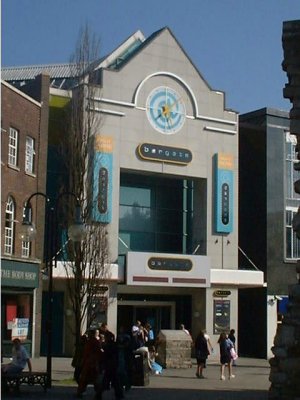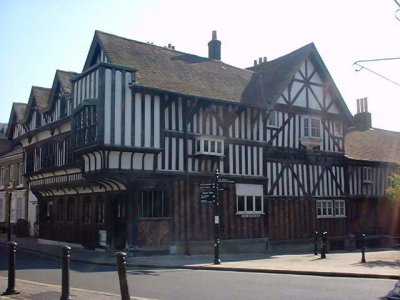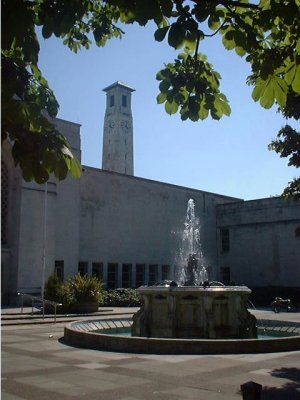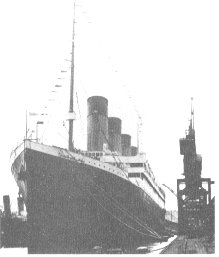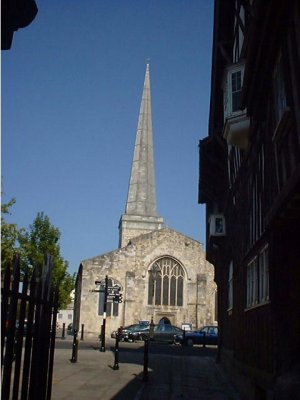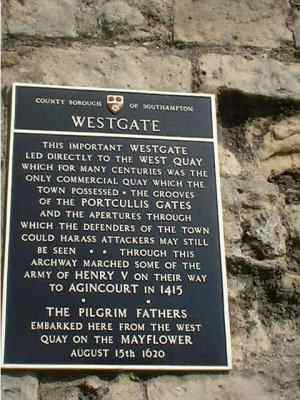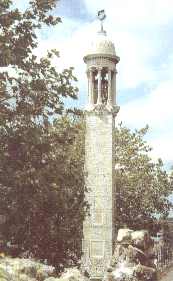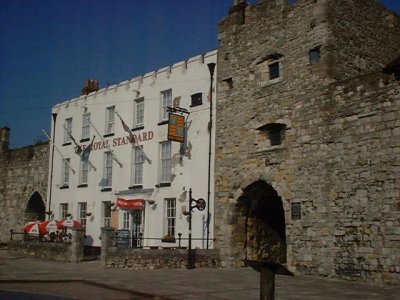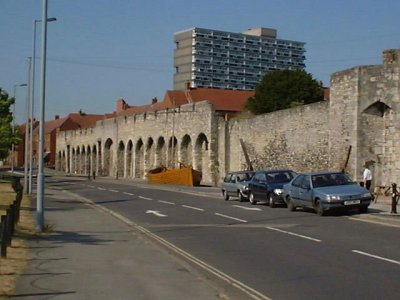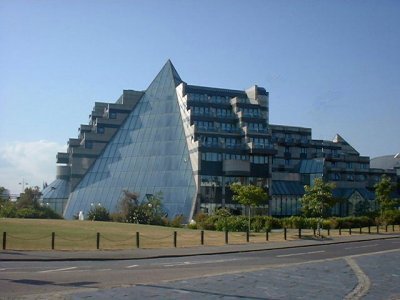In 1964 Southampton became a Chartered City rather than a town, and since 2000 has carried on the tradition of standing alone, by being one of the first Unitary Authorities to be created. The new Charter of 1964 signed by Queen
Elizabeth II was issued on 24th February and it says that "Southampton is henceforward to be known as the
"City and County of the City of Southampton" (The only wording that was changed was 'town' to 'city'.) The County of Southampton and its privileges was not changed by Government reorganisation, and cannot be unless the Council allows the Charter to lapse by not keeping within its bounds. --or, of course, if we lose the Monarchy or the Council does something dreadful and is taken over by Central Government.
Southampton has a rich and varied heritage. The remains of its Medieval Town Walls are among the best preserved in the UK. About half of the one mile circuit of walls and 13 of the original 29 towers still stand today. You can walk the walls following the clearly signposted trail which has information panels at frequent intervals.
Three of the
gateways are also still intact including the massive
Bargate which dominates the southern end ofthe modern
shopping precinct and theWestgate from which Henry V
sailed forAgincourt and the Pilgrims left for America.
The Tudor House and
garden in St Michael's Square was originally built for a
wealthy merchant in the 15th Century and has been
enlarged and altered many times over the years. It is now
undergoing extensive repair and restoration, and as this
progresses, fascinating details are being uncovered which
tell us about its construction.
A Medieval warehouse, formerly used to store wool, is now the Southampton Maritime Museum. Here more recent history is shown, from the development of the port in the 19th Century to the golden-age of the transatlantic liners in the 1930s.There is an especially poignant exhibition telling the story of the ill-fated Titanic, perhaps the most famous ship ever to sail from Southampton.
There are also several memorials relating to the Titanic in Southampton, including the Engineers Memorial in East Park; a crew memorial at Holyrood Church and the Musicians Memorial in Cumberland Place. A Titanic Trail leaflet can be obtained from the Leisure & Visitor Centre.
Tucked into a corner of the Medieval town, the Museum of Archaeology was originally part of Southampton's defences holding cannon and the old town's gunpowder store. Now it tells the story of Roman Clausentum, Saxon Hamwic and Medieval Southampton.
The Medieval
Merchant's House on French Street has been expertly
restored and authentically furnished, now appearing just
as it was when it was built in 1290.
One of the area's
most famous residents was RJ Mitchell who developed the
legendary Spitfire aircraft at the Supermarine factory on
the banks of the River lichen. Mitchell's achievements
feature among exhibits in the Southampton Hall of
Aviation near Ocean Village. Southampton's rich heritage of parks and , open spaces make it probaly the Greenest City in the UK. At the heart of the city are the historic Central Parks which recently celebrated their 150th Anniversary and are lister on English Heritage's register of Historic Parks and Gardens. Linked to the Central Parks by the tree lined arterial road known as The Avenue is Southampton Common which has been referred to as the 'lungs of the city' since the19th Century. Much of the Common's 326 acres are designated a Site of Special Scientific Interest due in part to its thriving population of great crested newts and orchids. Located in this countryside setting is the award winning Hawthorns Urban Wildlife Centre where visitors can learn about the wildlife and ecology of Southampton's open spaces. You can also visit Southampton's new state-of-the-art free fun pool. The Central Parks and Southampton Common are only a fraction of Southampton's open spaces which include formal parks, commons, recreation grounds, play areas. sports facilities, nature reserves and greenways. To find out more about the Green City's open spaces why not attend one of the free parks and Commons walks? |
ŠApril 1999
Text and images are under various copyrights and may be downloaded for study purposes only
and may be used for personal albums and websites accompanied by the original copyright notice and a link to our website
http://www.rootsweb.com
